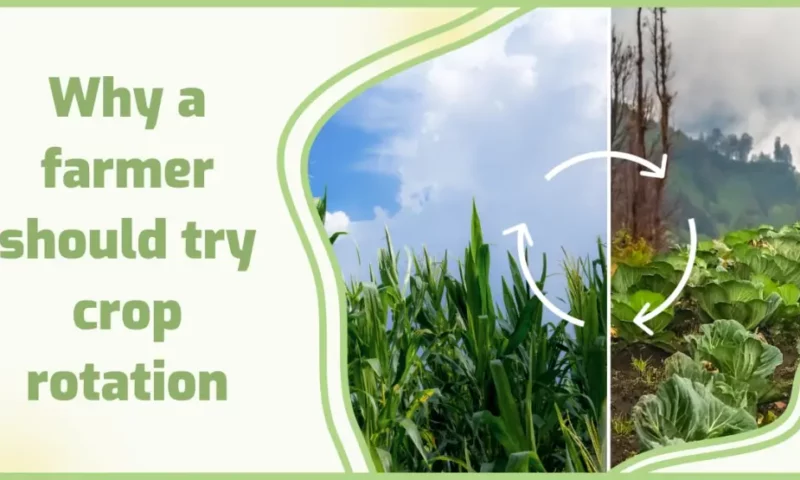By Spy Uganda
Crop rotation is the practice of growing different crops in the same field over several seasons. To be precise, this means rotating between crops and fallow, a plowed, harrowed field left for a season without being sown. Farmers consider different factors when planning their crop rotation: the soil type, climate, amount of precipitation, herbicide residues, and market demand for agriculture products.
Crop rotation works differently from region to region. But regardless of regional differences, farmers can benefit from making crop rotation a standard practice.
The practice controls pests and diseases; By rotating crops in a field, you deprive parasites of their habitual environment, thereby preventing crop diseases. The reverse is also possible. If crop rotation isn’t done correctly, you can infect your next crop with diseases from the previous one.
For example, the beet cyst eelworm (Heterodera schachtii) that infects sugar beets also affects rapeseed. That means that farmers should avoid planting these crops in the same field one after the other.
When planning crop rotation, keep in mind the residual effects of the herbicides you used to treat previous crops. For example, the residual effect of sulfonylurea herbicides can adversely affect sugar beets, while triazine herbicides may negatively impact alfalfa seedlings.
Crop rotation also maintains soil fertility; If you don’t rotate crops, the soil in that field will inevitably begin to lose the nutrients plants need to grow. You can avoid this by sowing crops that increase organic matter and nitrogen in the soil.
Some farmers, for instance, sow legumes to take advantage of their symbiotic relationship with Rhizobia bacteria found in the soil. Why? When coming into contact with legume roots, Rhizobia bacteria form nodules where they convert nitrogen into ammonia, which the plant uses to grow. Likewise, crucifer green manures, such as white mustard, heal the soil by releasing substances that suppress the Rhizoctonia solani fungus.
Alternating between crops with different root systems also offers benefits. Plants with longer roots can get nutrients from deeper layers of the soil than those with a shorter root system. When you alternate between crops like this, you keep the soil healthy.
And yet, even farmers that know the benefits of crop rotation still sometimes don’t do it. Say that the price for corn is high for several years in a row. The temptation arises to sow the fields with it nonstop to cash in while prices are high. In the long run, however, this practice leads to problems. Soil fertility decreases and it becomes extremely difficult to grow any crop with high yields.
But if you alternate crops correctly, control crop conditions, and maintain soil fertility, you boost your chances of having a good harvest.




